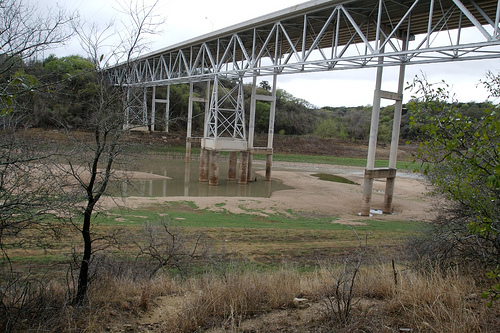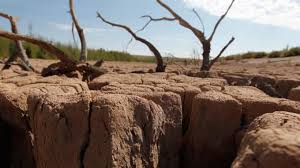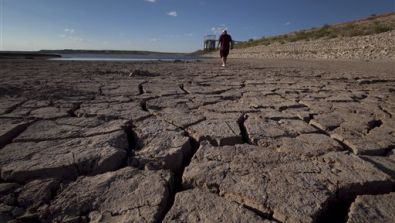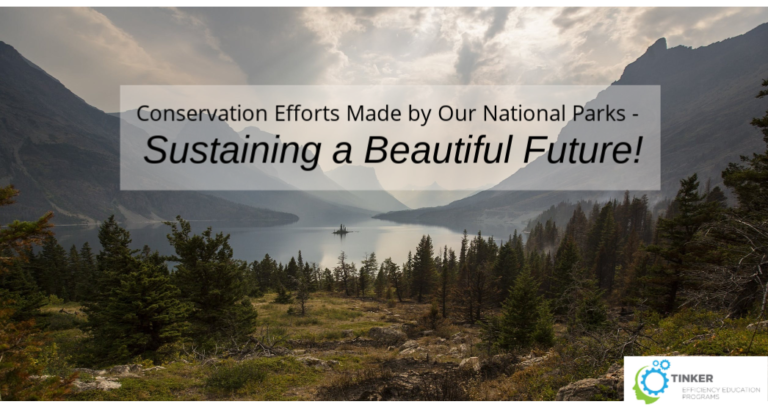Texas Drought… Gone But Not Forgotten

This past spring Texas received enough rainfall to pull the entire state out of its 5-year drought. This largely soil moisture drought brought with it the many challenges and dangers that severe droughts often bring – economic, environmental and social impacts. But as of July 24, 2015, the Texas Water Development Board released their latest drought report showing that the state was back to its normal conditions. The Texas Drought is Gone… But Not Forgotten.
Unfortunately, this was short lived. Just weeks later on August 4, 2015 the U.S. Drought Monitor showed that certain areas were experiencing moderate drought again. While the percentages are low – 0.65% of the state experiencing drought conditions as opposed to 31% just three months ago – they should not be taken lightly. The drought has caused crops to grow unevenly or not at all the last 5 years and bringing agriculture back to its normal state will be a challenge, especially with the ever -changing climate. Rangeland is still struggling to recover from the severe drought and although yields were higher in 2015 than the last few years, the price of livestock is still relatively high.
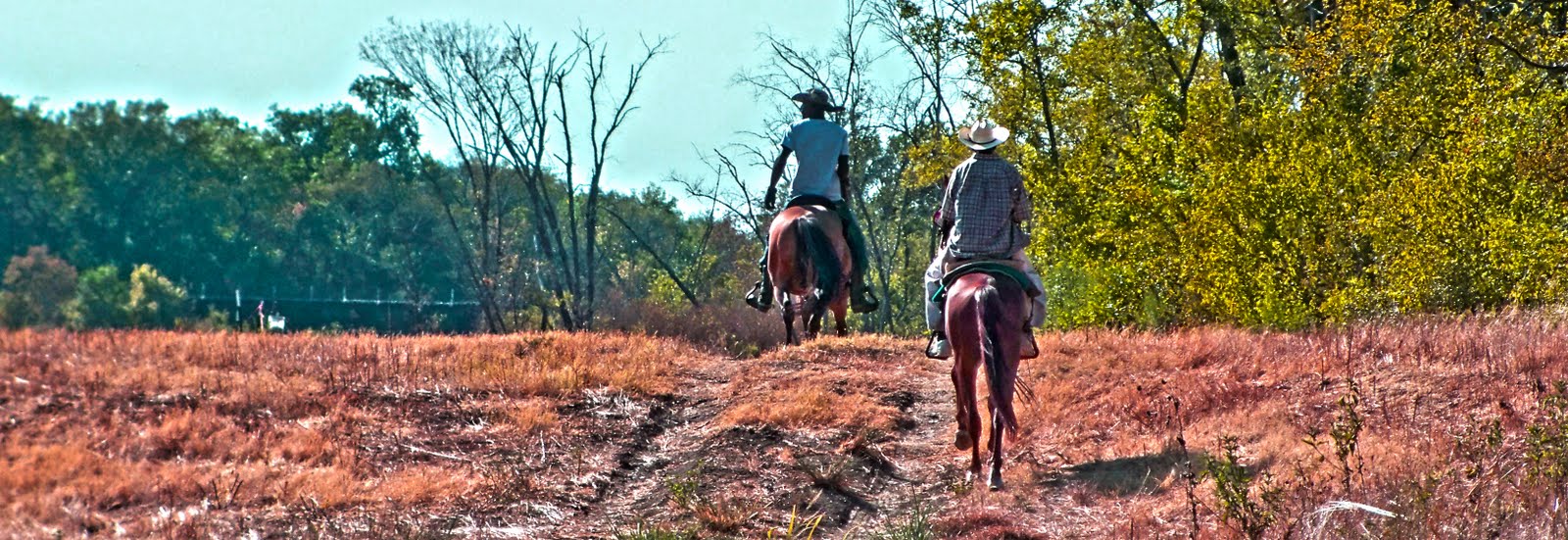
Some counties and cities are cutting back on water saving techniques and this should be done with caution. We can only predict the weather so much and going back to old habits could bring the state back to its waterless conditions in no time. Remaining conscious about water conservation and efficiency is especially important to preventing these catastrophic conditions from returning. Fortunately, some of Texas’ cities are implementing long-term solutions to water conservation and efficiency. Wichita Falls has stopped its toilet water reuse program after lakes and reservoirs reached their full levels. Instead, the North Texas city is implementing a new program called Indirect Potable Reuse. Under this program, treated wastewater will be pumped back into Lake Arrowhead.
Actions like these are what keep severe drought conditions at bay and keep our environment safe and healthy. Education programs are important to ensure that everyone is informed on water conservation and efficiency. With the continuously changing climate, it’s up to us to protect ourselves and our environment. Gone… But let’s ensure, it’s NEVER Forgotten.

